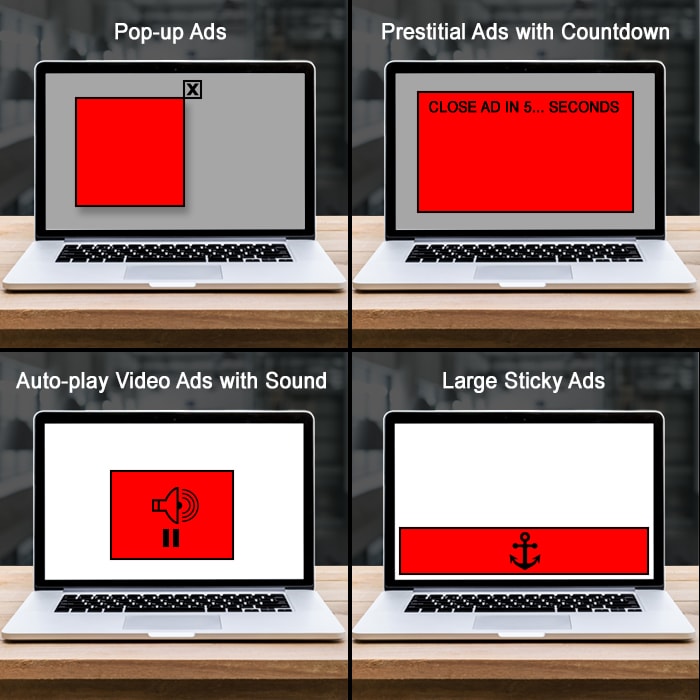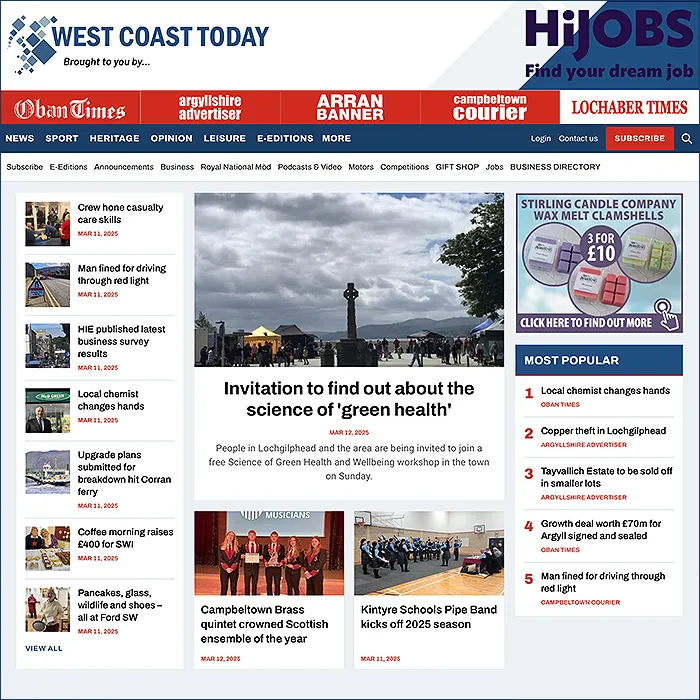UK Media Ad Blocking and Privacy Briefing June 2017

Google introduces Ad Blocking
Some big developments in Ad Blocking this past month. Most significantly the news that Google is going to be launching its own ad blocker built into Chrome in 2018. Their goal is to clean up ’bad ads’ and only permit ’good ones’ encouraging best practice and the general reduction in ’the audience’ installing blockers.
In certain ways this will help, and is likely to reduce the pain that many sites inflict on their audience by having popups or video ads on repeat. Overall though it puts more power into Google’s hands and is a big call for regulation of Google and the overall digital ad delivery sector.
Google plans to clean up web with Chrome ad blocker next year https://t.co/u5ie7sjPxk If your revenues depend on digital ads, be prepared
— Markus Karlsson (@MarkusKarlsson) June 5, 2017
Ad Blocking versus Privacy Protection
Google’s ad blocking move, by itself, is unlikely to help much with the persistent and overwhelming tracking that goes on with 3rd party ad services and ads (beyond simply not displaying the worst ads). Google’s ad blocker might prevent some unsavoury ads from showing, but your personal data will still be captured and broadly shared, if you do not have a privacy shield in place such as Ghostery, or Firefox Focus.
Apple introduces Privacy AI into Safari
One of the highlights of yesterday’s Apple WWDC17 keynotes was without doubt the introduction of AI to combat 3rd party tracking, which has now reached epidemic degrees. The fact that it’s baked into Safari means that all iPhone, iPad and Mac users will have greatly improved privacy. This will also potentially have a big impact on sales and marketing automation, as well as all martech in general.
For the consumer it’s a big step forward against a tide of tracking and sharing of personal data which has all been one way for too long now.
Register to continue reading UNLIMITED articles
Complete a quick registration for unlimited access to Affino.com's latest industry news, insights, trends, and business advice, and to sign up to newsletters.
Did you find this content useful?
Thank you for your input
Thank you for your feedback
Featured Blogs
The Future of Music 2025
Upcoming and Former Events
Affino Innovation Briefing 2024
Webinar - Introduction to Affino's Expert AI Solutions - Session #2
Webinar - Introduction to Affino's Expert AI Solutions - Session #1
PPA Independent Publisher Conference and Awards 2023
Affino Contacts

Markus Karlsson

Quang Luong

Stefan Karlsson
Meetings:
Google Meet and Zoom
Venue:
Soho House, Soho Works +
Registered Office:
55 Bathurst Mews
London, UK
W2 2SB
© Affino 2025






















